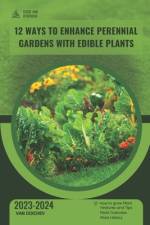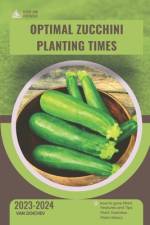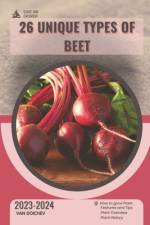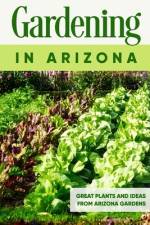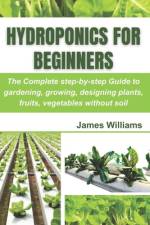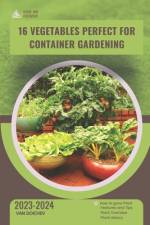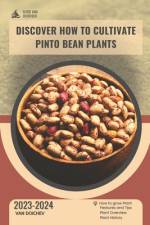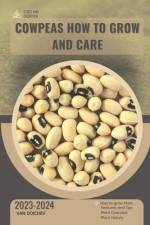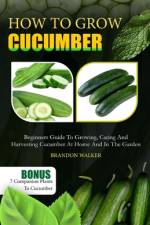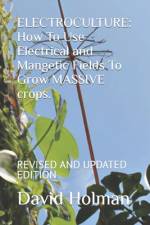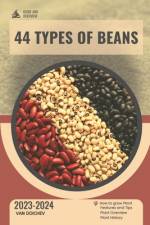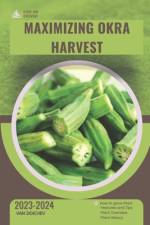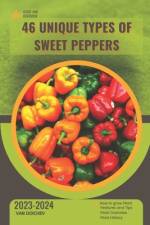- How To Use Electrical and Mangetic Fields To Grow MASSIVE crops.: REVISED AND UPDATED EDITION
av David Holman
245
This book is a rework of the original, the original only contained information on the antanea aspect of electroculture.I listened to my readers and followeres and included a ton more of information in this new book, on all aspects of electroculture not just one.Embark on an illuminating journey into the world of electroculture with this revised and expanded guide-a comprehensive exploration of innovative agricultural methods. This updated edition delves deeper into the realm of electroculture, providing detailed instructions and insights into three distinct electroculture methods: Electrolysis, Capacitance, and Magnetism, offering a comprehensive understanding of their applications and effects on plant growth.Revisiting and Expanding KnowledgeBuilding upon the foundations of the original work, this revised edition extends beyond the limitations of the antenna-centric approach, offering enriched content and comprehensive instructions for all three electroculture methods. Readers will find a wealth of knowledge-a deeper understanding of electrolysis, harnessing capacitance, and leveraging magnetism to augment plant growth, soil health, and environmental resilience.A Wealth of Instruction and InformationThis revised guide is not merely an exploration but a practical manual, offering meticulously detailed instructions, materials lists, and guidance for implementing electrolysis, capacitance, and magnetism in agriculture. Discover how buried magnets, copper rods, or specialized systems can create electromagnetic fields, enriching soil fertility, and fortifying plant growth.Unlocking the Potential of ElectrocultureReaders, whether agricultural enthusiasts, researchers, or practitioners, will find a treasure trove of information-a seamless blend of scientific insights, historical context, and practical instructions. Embrace the transformative potential of electroculture, fostering sustainable agricultural paradigms and ecological harmony through responsible innovation and ethical stewardship.Empowerment Through KnowledgeWith this revised guide, readers gain the tools to engage with electroculture methods beyond the confines of traditional agricultural practices. Empowerment through knowledge resonates as readers unlock the potentials of electrolysis, capacitance, and magnetism-shaping a future where technology harmoniously coexists with nature in agricultural landscapes.A Call to Explore, Implement, and InnovateThis revised work extends an invitation-to explore, implement, and innovate within the realms of electroculture. Join the quest to redefine agriculture, leveraging electrical and electromagnetic forces to nurture crops, enrich soil health, and foster sustainable ecosystems.



